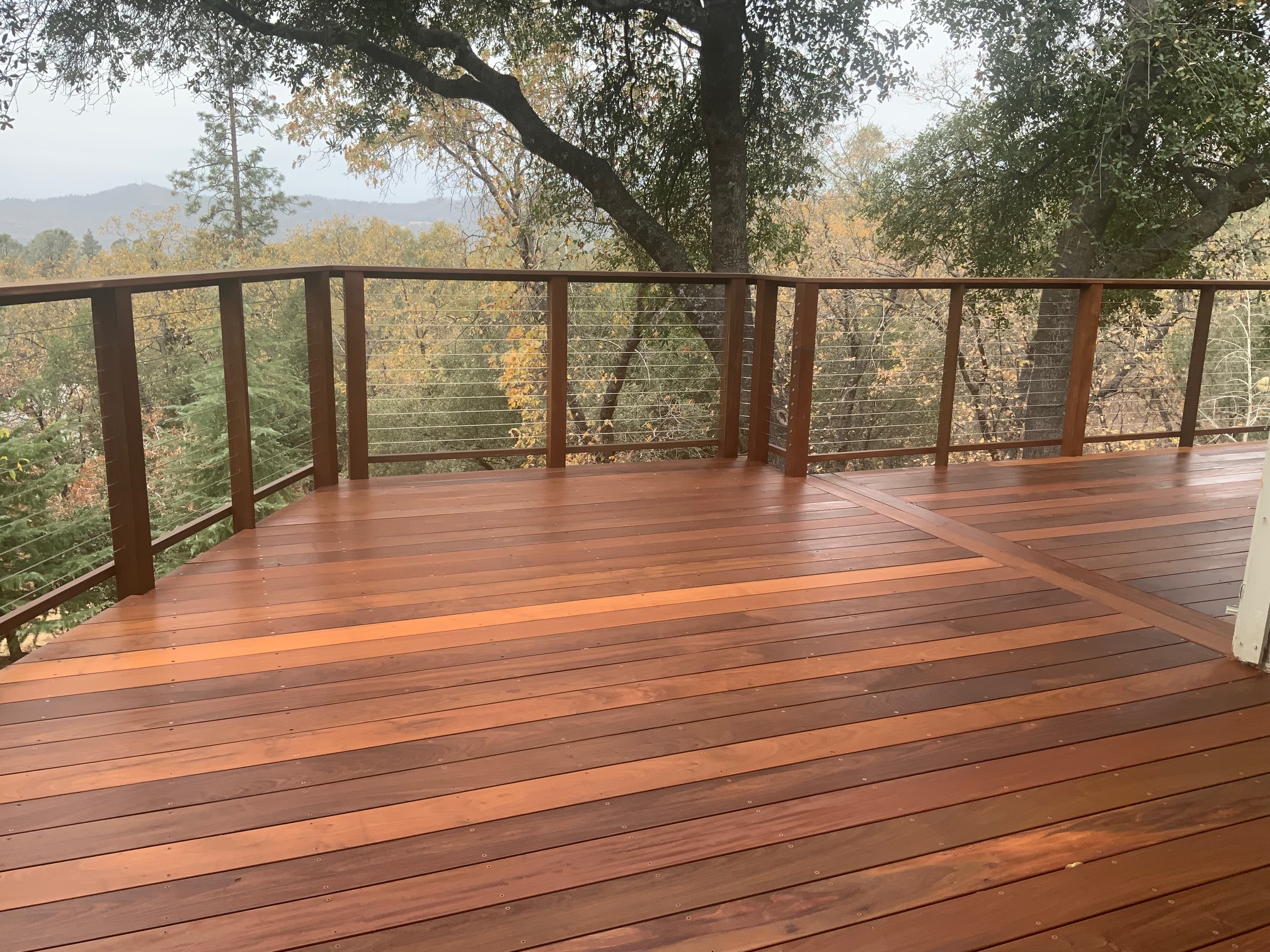Preserve and Safeguard: Release the Power of Fence Staining
Preserve and Safeguard: Release the Power of Fence Staining
Blog Article
Picking the Right Discoloration for Your Fencing: Tips and Factors To Consider
When it pertains to preserving and boosting the look of your fencing, picking the ideal stain is critical. With a wide array of options readily available, it can be frustrating to determine which stain will ideal match your needs. This overview will certainly supply you with tips and considerations to aid you make an informed choice. We will check out the different kinds of fence discolorations, aspects to consider prior to selecting a discolor, ideas for preparing your fence for discoloration, and the differences between oil-based and water-based stains. Additionally, we will look into choosing the appropriate discolor color to complement your fencing and enhance your outdoor space. By complying with these guidelines, you can ensure that your fencing continues to be protected and cosmetically pleasing for years ahead.
Understanding Different Kinds of Fence Stains

On the other hand, water-based stains are made from acrylic or latex and offer a much more subtle color to the wood. Water-based stains are much easier to cleanse up and have a much faster drying time compared to oil-based discolorations.
Choosing between oil-based and water-based discolorations depends on numerous variables, consisting of individual preference, the desired appearance, and the degree of maintenance needed. Oil-based discolorations are advised for surround high-traffic locations or those continuously revealed to extreme climate condition. fence staining. Water-based spots, on the other hand, are a preferred choice for fences in houses where look and simplicity of use are vital
Understanding the distinctions between water-based and oil-based spots assists homeowners make a notified decision when selecting the appropriate discolor for their fencing. Considering the specific needs of the fencing, such as its location, exposure to sunshine, and desired visual, will make sure that the selected stain gives long-lasting defense and enhances the general appeal of the fencing.
Elements to Consider Before Selecting a Spot

Different kinds of timber take in spots in different ways, resulting in differing degrees of color intensity and toughness. Additionally, particular timbers might be a lot more vulnerable to issues like rot or insect infestation, which might impact the choice of tarnish to protect the fencing and secure.
The environment and climate condition in your location ought to also be taken into consideration. You might require a tarnish that gives additional protection versus moisture and UV rays if you live in a location with rough winters months or high humidity. Furthermore, if your fencing is revealed to route sunshine for long periods, a tarnish with UV inhibitors can assist protect against fading and discoloration.
Finally, it is very important to consider your desired visual. Various discolorations supply numerous colors and finishes, allowing you to customize the look of your fence (fence staining). Take into consideration the general design and design of your residential property, in addition to any kind of neighborhood guidelines or home owner organization standards that might determine the appropriate discolor colors
Tips for Preparing Your Fencing for Staining
Cleansing the fence is a vital step as it gets rid of dirt, crud, and any type of previous finishings that might conflict with the staining procedure. Rub the surface carefully, paying extra focus to areas with persistent spots or mold.
This step is critical as discoloring a wet or wet surface can lead to inadequate attachment and an irregular surface. Ensure that the fence is totally dry web link before proceeding with the staining procedure.
Before discoloration, inspect the fence for any kind of damages, such as loose boards or nails. Fix any kind of concerns to make sure that the fencing is structurally audio. Additionally, think about using a wood conditioner or brightener to the surface area. This product helps to open up the wood pores, permitting the tarnish to permeate better and equally.

Comparing Water-Based and oil-based Stains
When choosing a stain for your fencing, it is essential to contrast the characteristics and benefits of water-based and oil-based spots. Both sorts of spots have their own advantages and factors to consider, so it is vital to recognize the differences between them.
Oil-based stains are recognized for their durability and resistance to tear and use. Additionally, oil-based spots often tend to last longer than water-based stains, making them a prominent option for fencings.
On the other hand, water-based discolorations are much more ecologically friendly and simpler to tidy up. They have a lower VOC (unpredictable organic substance) material, which indicates they release less unsafe fumes into the air. Water-based discolorations additionally dry much faster, enabling a quicker application and much less downtime. Nevertheless, they may not supply the very same degree of protection as oil-based stains, especially in harsh climate condition.
Eventually, the selection between oil-based and water-based stains depends on your specific requirements and preferences. When making your choice, take into consideration elements such as toughness, ecological impact, and simplicity of application. Consulting with a specialist or looking for referrals from professionals can likewise aid make sure that you choose the best tarnish for your fence.
Selecting the Right Stain Shade for Your Fence
The choice of an ideal tarnish color for your fence is a crucial facet of boosting its visual allure and enhancing the general design of your exterior space (deck staining companies near me). The right tarnish shade can transform a plain, average fencing right into a striking centerpiece that includes depth and personality to your property
When picking a tarnish shade for your fencing, it is necessary to consider the style and design of your home. Earthy tones such as neutrals and browns can develop a warm and inviting appearance if you have a conventional or traditional design home. On the various other hand, if you have a modern-day or contemporary home, you may think about selecting strong and vibrant colors that make a declaration.
Another factor to take into consideration is the natural environments of your home. If you have a lot of plant, a tarnish color that enhances the all-natural landscape, such as eco-friendlies or deep reds, can create a unified and natural appearance.
Furthermore, it deserves considering the upkeep needed for different stain shades. Lighter shades tend to show dirt and put on more quickly, while darker colors can hide imperfections and require much less regular touch-ups.
Inevitably, the selection of stain color for your fence should reflect your individual design and choices - fence staining nashville tn. Take the time to check out various alternatives and consult with experts if required, to make certain that you choose the best discolor shade that boosts the charm and charm of your fence
Conclusion
Finally, when it concerns picking the right tarnish for your fencing, it is necessary to understand the different kinds of stains available and consider aspects such as sturdiness and preferred appearance. Preparing the fence properly before discoloration is important for achieving ideal outcomes. Additionally, comparing water-based and oil-based spots can aid figure out the most effective option for your specific requirements. Finally, choosing the best tarnish color can improve the total aesthetics of your fence.
We will certainly explore the different types of fencing stains, aspects to consider before selecting a discolor, suggestions for preparing your fencing for discoloration, and the distinctions in between oil-based and water-based spots.Distinguishing in between water-based and oil-based spots is vital when understanding various types of fencing stains. Water-based discolorations are simpler to clean up and have a faster drying out time contrasted to oil-based stains. Furthermore, oil-based stains often tend to last longer than water-based spots, making them a prominent selection for fencings.
In verdict, when it comes to picking the best tarnish for your fence, it is crucial to comprehend the different types of stains available and consider elements such as resilience and wanted look.
Report this page